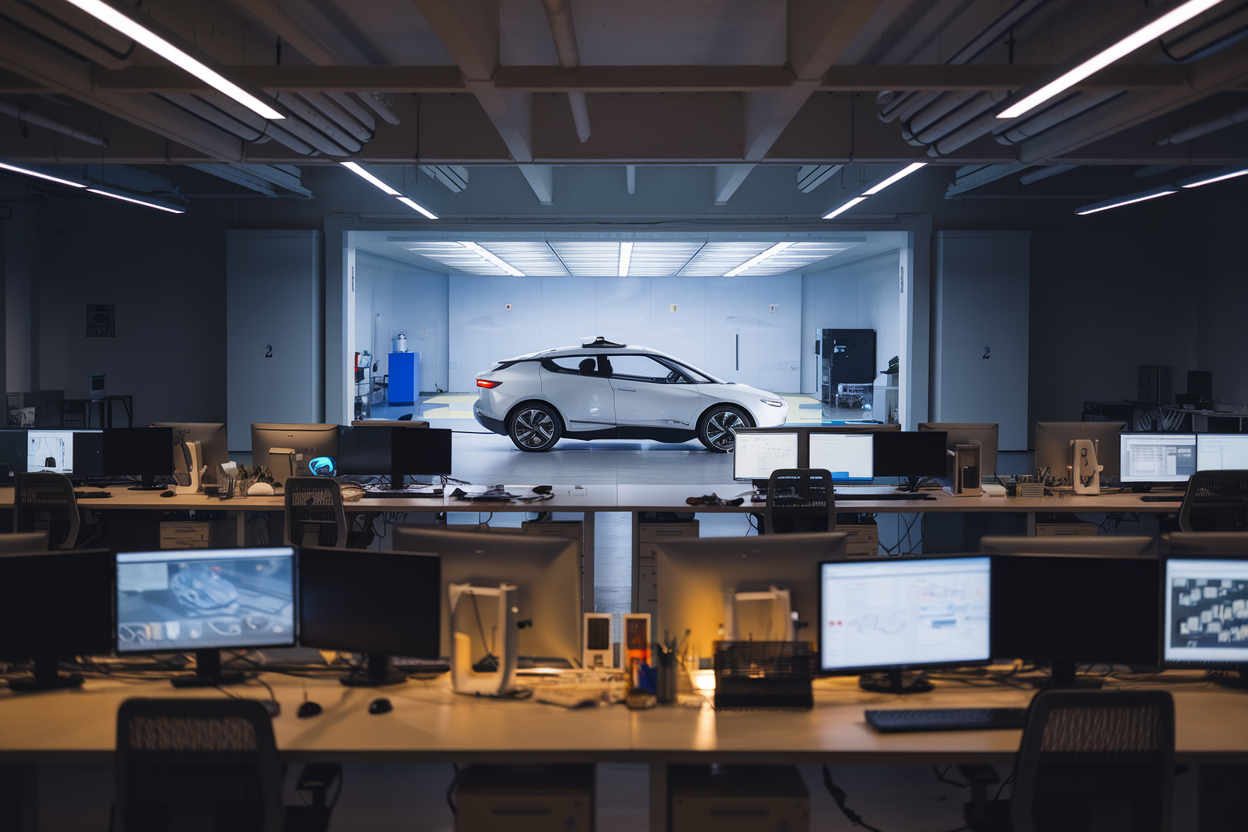 EMERGING TECH
EMERGING TECH
 EMERGING TECH
EMERGING TECH
 EMERGING TECH
EMERGING TECH
General Motors Co. is cutting about 50% of the workforce of its former Cruise self-driving car unit just shy of two months after it announced it was shutting the robotaxi arm of Cruise and absorbing the company’s technology into its general development of advanced drive assistance systems.
GM said in a statement that the decision to lay off half of the Cruise workforce was a “difficult decision.” Cruise is believed to have had about 2,300 employees as of the end of 2024.
CNBC reported today that an internal email sent to all Cruise employees this morning from Cruise President and Chief Administrative Officer Craig Glidden said that the reduction came “as a result of the change in strategy we announced in December.”
“With our move away from the ride-hail business and toward providing autonomous vehicles to customers alongside GM, our staffing and resource needs have dramatically changed,” Glidden added.
Leading the list of employees set to leave the company include much of its executive team, including Chief Executive Marc Whitten, Chief Human Resources Officer Nilka Thomas, Chief Safety Officer Steve Kenner and Chief Government Affairs Officer Rob Grant. Mo Elshenawy, president and chief technology officer, will stay on at Cruise through the end of April to help with transition duties.
On announcing the closure of the robotaxi business in December, GM said that it planned to use Cruise technology to prioritize the development of advanced drive assistance systems on a path to fully autonomous personal vehicles. The company also plans to build on the progress of “Super Cruise,” its hands-off, eye-on driving feature, which is now offered in more than 20 GM vehicle models and has been employed in more than 10 million driving miles per month.
GM acquired Cruise in 2016 to advance its autonomous vehicle initiatives. Seeking additional funding, GM ran Cruise as a standalone company and sought venture capital, with Cruise gaining investments, including $2.25 billion from SoftBank Group Corp. in 2019 and a $2.75 billion partnership with Honda Motor Co. Ltd. in 2018.
With solid investment and impressive technology, things were going well for Cruise until September 2023 when reports emerged that two Cruise vehicles delayed an ambulance in San Francisco, leading to a patient later dying in hospital. In October 2023, a pedestrian, who was hit by a car driven by a human driver, was thrown into the path of a Cruise robotaxi. Instead of stopping, the Cruise vehicle dragged the woman 20 feet down the road before coming to a stop.
Following the two incidents, Cruise announced in November 2023 that it was recalling all of its 950 driverless vehicles. At the time, Cruise said the accident was the result of its “Collision Detection Subsystem,” which “may cause the Cruise AV to attempt to pull over out of traffic instead of remaining stationary when a pullover is not the desired post-collision response.”
Though Cruise did resume testing vehicles and offering robotaxi services in Phoenix and Dallas after the incidents emerged, they marked the beginning of the end, with GM eventually pulling the pin.
Support our mission to keep content open and free by engaging with theCUBE community. Join theCUBE’s Alumni Trust Network, where technology leaders connect, share intelligence and create opportunities.
Founded by tech visionaries John Furrier and Dave Vellante, SiliconANGLE Media has built a dynamic ecosystem of industry-leading digital media brands that reach 15+ million elite tech professionals. Our new proprietary theCUBE AI Video Cloud is breaking ground in audience interaction, leveraging theCUBEai.com neural network to help technology companies make data-driven decisions and stay at the forefront of industry conversations.